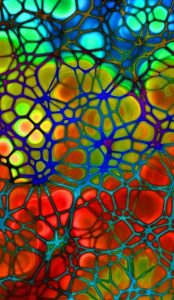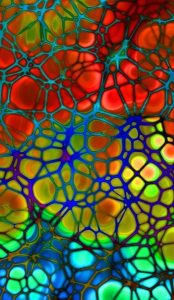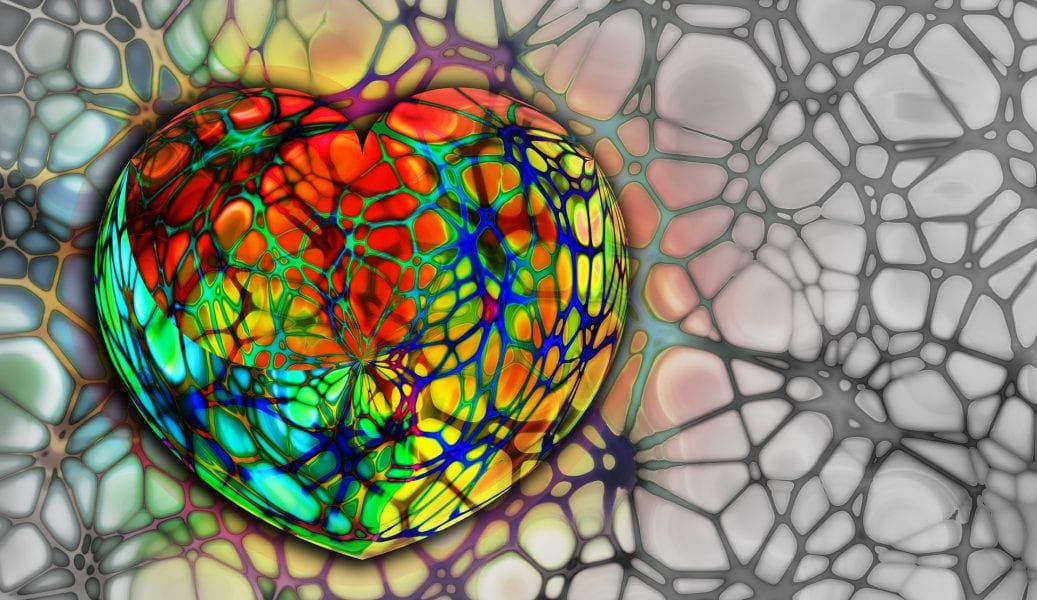 Advanced Healthcare Materials
Advanced Healthcare Materials celebrates its 5th birthday this year! Since 2012 we have been bringing you the latest breakthroughs in biomedical materials science with a strong focus on improving human health, and we will continue to do so in 2017. Read more about this in our latest editorial.
celebrates its 5th birthday this year! Since 2012 we have been bringing you the latest breakthroughs in biomedical materials science with a strong focus on improving human health, and we will continue to do so in 2017. Read more about this in our latest editorial.
No access yet? Make sure to recommend Advanced Healthcare Materials to your librarian. More information can be found here.
In this monthly feature, we highlight some of the most read Advanced Healthcare Materials papers over the last month. These top-downloaded papers are therefore currently freely accessible! Click on the headers below to get to the corresponding papers. Also check out our previous monthly cover art feature here.
Hemocompatibility of Superhemophobic Titania Surfaces
by Sanli Movafaghi, Victoria Leszczak, Wei Wang, Jonathan A. Sorkin, Lakshmi P. Dasi, Ketul C. Popat, and Arun K. Kota
This study from Colorado State University demonstrates a promising strategy to improve the hemocompatibility of titanium-based implants, altering their surfaces to make them superhemophobic such that blood droplets roll off without sticking. The superhemophobic surfaces outperform unmodified titania and PEG-modified titania surfaces in the reduction of blood platelet adhesion and activation, which can lead to dangerous complications such as thrombosis. It is hoped that this development will reduce the need for expensive and risky anti-coagulation therapy for patients or multiple surgeries to replace the failed implants.
Human Skin 3D Bioprinting Using Scaffold-Free Approach
by Léa J. Pourchet, Amélie Thepot, Marion Albouy, Edwin J. Courtial, Aurélie Boher, Loïc J. Blum, and Christophe A. Marquette
3D printing of tissues is currently a very popular approach. Christophe Marquette and colleagues from the Université Lyon in France report the first scaffold-free approach to print thick skin models within minutes using a newly developed ink and an open-source 3D bioprinter. They demonstrate not only the effectiveness of their model resembling 5 mm thick human skin, but also complex structures such as a human ear.
3D Bioprinting for Organ Regeneration
by Haitao Cui, Margaret Nowicki, John P. Fisher, and Lijie Grace Zhang
3D printing offers new opportunities in tissue engineering and regenerative medicine. The ultimate goal is to provide patient-specific organs with individual structures in a short time. Lijie Grace Zhang et al. from the George Washington University review the current state of the art, challenges and prospects of 3D bioprinting living organs, focusing on vasculature, neural networks, the heart and liver.
Microfluidic Organ-on-a-Chip Technology for Advancement of Drug Development and Toxicology
by Jeremy D. Caplin, Norma G. Granados, Myra James, Reza Montazami, and Nastaran Hashemi
In recent years, researchers have found many ways to use the unique properties of microfluidic systems in a range of applications. Excellent examples can be found in “organ-on-a-chip” systems that model the properties and functions of organs on a microscale chip, which can be used for drug testing and tissue engineering applications. In this review, scientists from Iowa State University led by Nastaran Hashemi describe developing trends for organ-on-a-chip systems.
Mesenchymal Stem Cell Magnetization: Magnetic Multilayer Microcapsule Uptake, Toxicity, Impact on Functional Properties, and Perspectives for Magnetic Delivery
by Kirill V. Lepik, Albert R. Muslimov, Alexander S. Timin, Vladislav S. Sergeev, Dmitry S. Romanyuk, Ivan S. Moiseev, Elena V. Popova, Igor L. Radchenko, Alexander D. Vilesov, Oleg V. Galibin, Gleb B. Sukhorukov, and Boris V. Afanasyev
Seeking a targeted and thereby more effective treatment of cancer, a team of Russian scientists led by Gleb Sukhorukov from the Queen Mary University in London and institutes in Saint Petersburg and Tomsk has developed a technology utilizing the patient’s own mesenchymal stem cells, which therefore is not rejected by the immune system. They employ magnetic nanoparticle-functionalized polymer microcapsules containing an anti-cancer drug, which the stem cells can take up without significant toxicity. This clever trick ultimately allows these magnetized cells to be precisely delivered to a tumor by magnetic force, where the drug then locally is released from the microcapsules. A more extensive news article about this study can be found here.

















